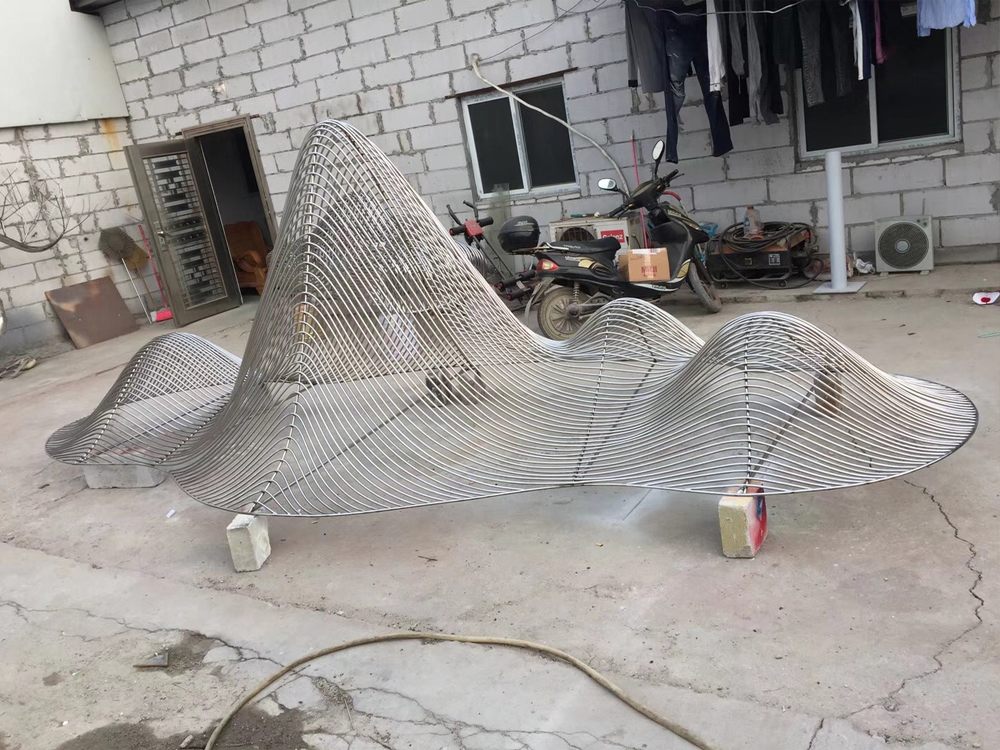
The illusion of softness or malleability in hard porcelain sculptures is a testament to the skill and creativity of ceramic artists. By employing specialized techniques, they transform rigid materials into seemingly pliable forms.
One key method involves precise control of the kiln firing process. Artists carefully manipulate temperature curves to achieve subtle gradients in the porcelain's density, allowing for delicate, flowing appearances. The use of thin, overlapping layers can also create a sense of movement and flexibility.
Surface treatment plays a crucial role. Master sculptors employ refined carving tools to create undulating textures that catch light differently, mimicking the play of shadows on soft surfaces. Some artists apply special glazes that produce optical effects of depth and suppleness.
Advanced shaping techniques contribute significantly. Many porcelain artists work with the material in its leather-hard stage, when it's firm yet slightly workable, to create gentle curves and folds. The strategic placement of supporting structures during drying prevents collapse while maintaining an appearance of weightlessness.
Contemporary artists often combine traditional methods with modern technologies. Some use 3D-printed porcelain with precisely calculated thickness variations to achieve remarkable flexibility illusions. Others incorporate mixed media elements that contrast with the porcelain to enhance its perceived softness.
These artistic achievements demonstrate how technical mastery and creative vision can overcome material limitations, transforming one of the hardest ceramic materials into artworks that appear to breathe with life and movement.

